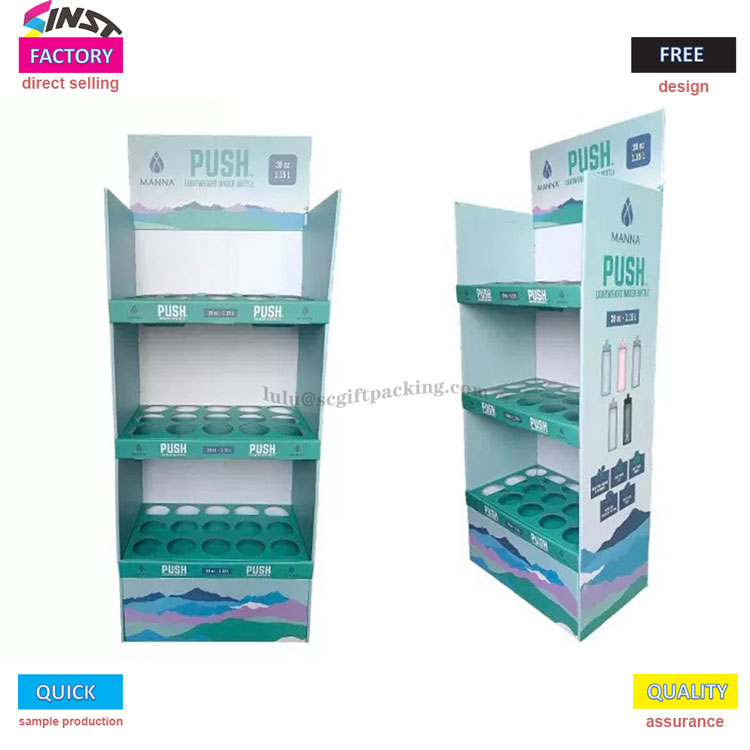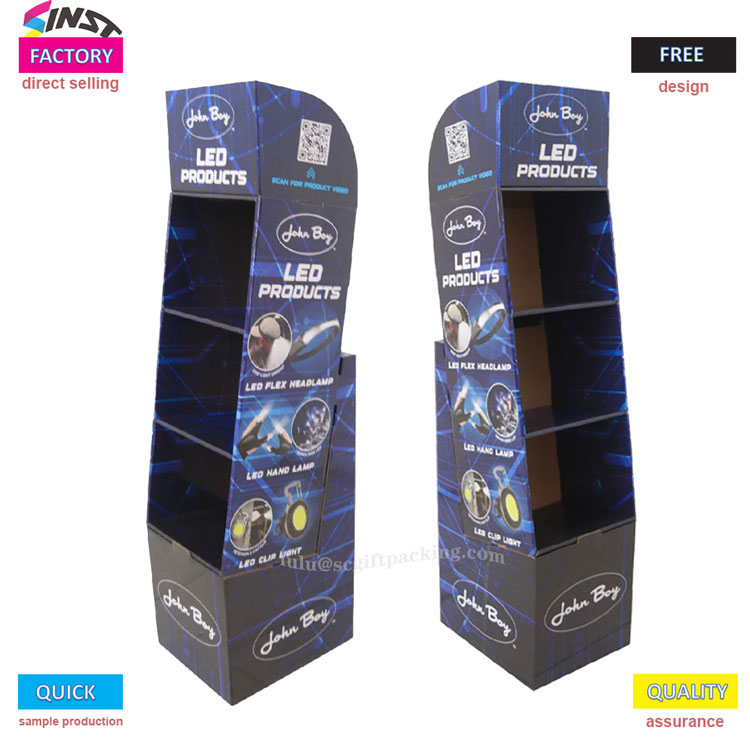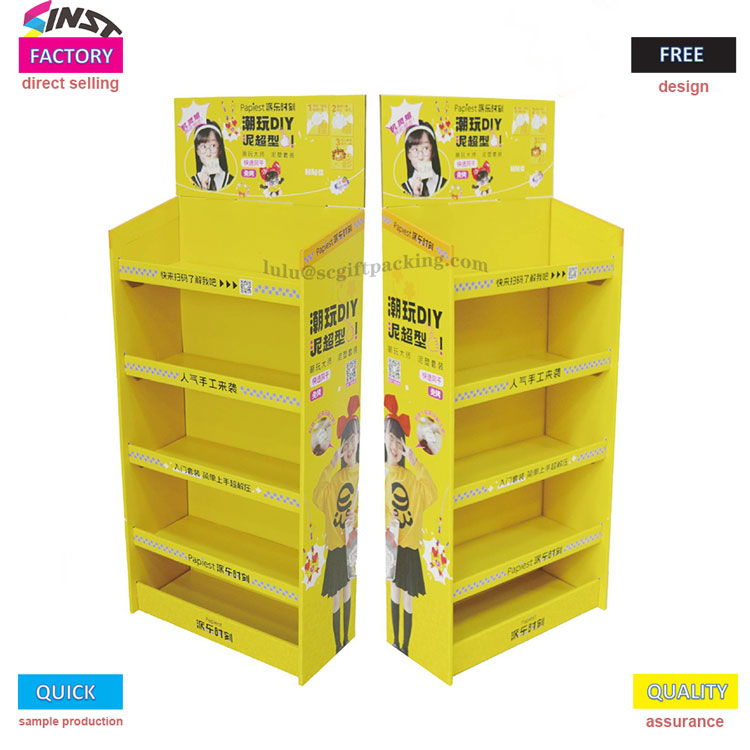The three major factors that affect packaging printing colors are:
Packaging printing refers to printing decorative patterns, patterns or text on packaging to make the product more attractive or descriptive. Do you know what factors affect the color of packaging and printing? The following summarizes the three main factors that affect the color of packaging and printing.
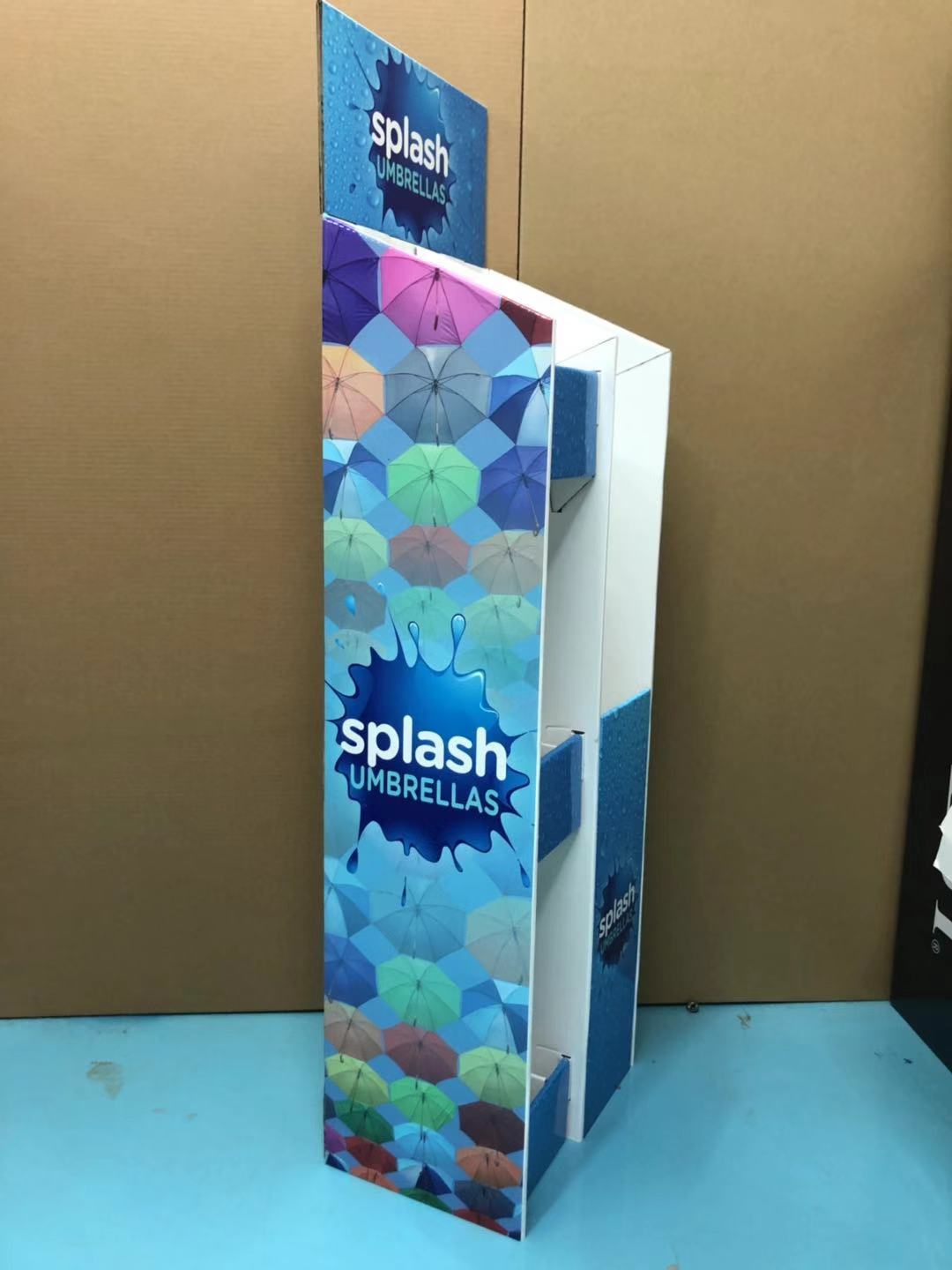
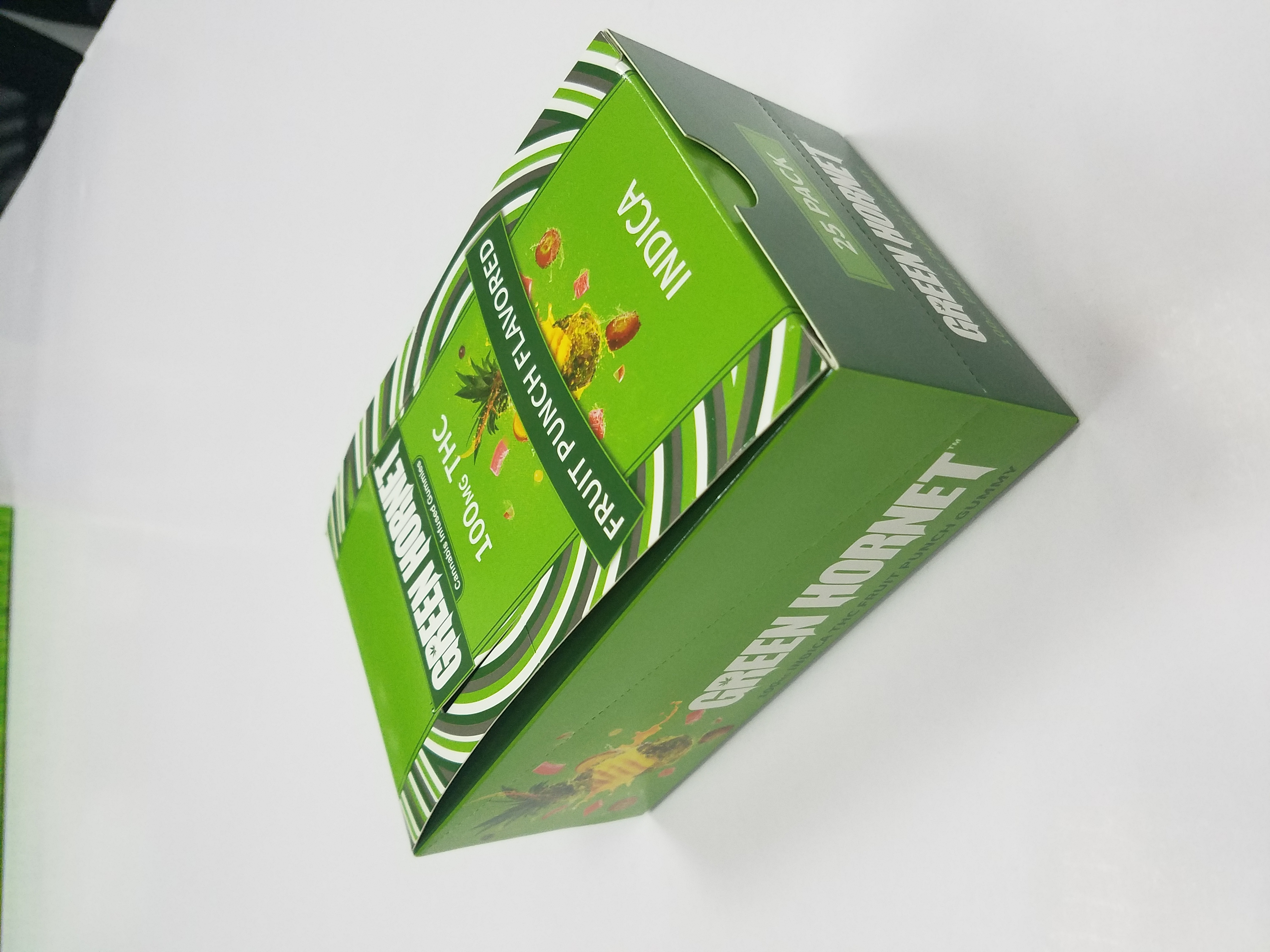
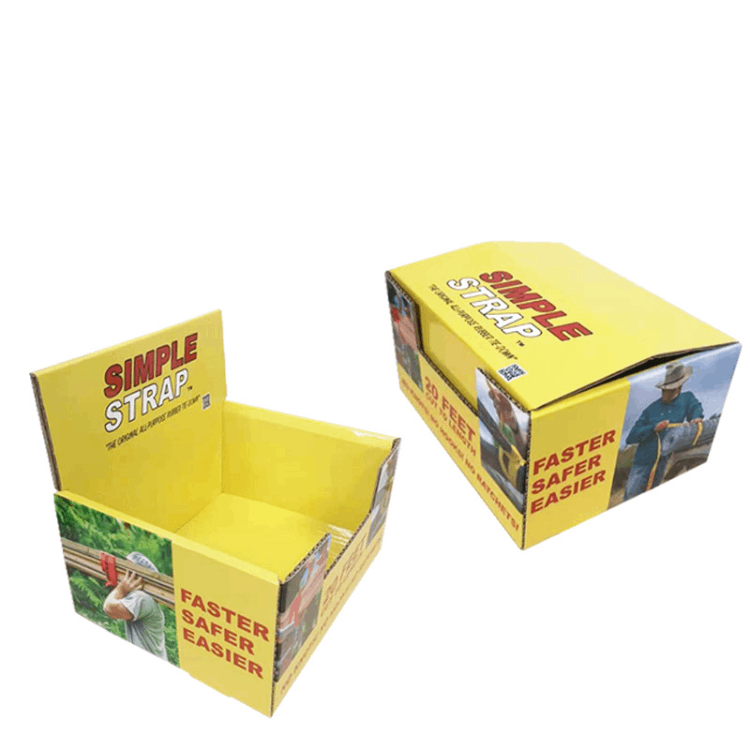
1. Whiteness and absorbency of paper: The whiteness of paper is the basis for bright printing colors. The main components of paper are cellulose, rubber, fillers, etc. The main components of paper and ink are asymmetric molecules. When they are close to each other, they rely on secondary binding forces to attach the molecules to the paper. When the pigment content of the ink is high, a large number of small capillaries can be formed in the ink film. The ability of these large number of small capillaries to retain the connecting material is much greater than the ability of the fiber gaps on the surface of the paper to absorb the connecting material. When the pigment content is low, the ink will adhere to the surface of the paper, causing most of the connecting material to enter the gaps of the paper, causing the ink film on the substrate to be thin and the pigment particles to be exposed, resulting in the final color not being bright.
2. Ink transfer and rolling process: The quality of printing ink directly affects the printing color, including color uniformity, brightness, transparency, etc. If the ink quality is not good, the color of the printed pattern will appear chromatic aberration and unevenness. If the color ink is not cleaned properly during coating and is mixed with other color inks, it will cause a color cast and also cause the color to be dull. Therefore, when changing colors, be sure to clean the ink fountain, ink roller and water roller, especially when changing from dark to light colors. The usual approach is to clean the dark ink, then shovel some of the light ink that will be used, beat it evenly for a period of time, and then clean it.
3. Excessive emulsification of ink and addition of additives: The traditional offset printing method mainly relies on ink balance to complete the printing process. In offset printing, various additives are added as needed, such as diluents, driers, etc. Adding too much of these additives can sometimes affect the color vividness of the printed product. Diluents include white ink, white oil, etc. White oil is mainly an emulsion mixed with magnesium carbonate, stearic acid, ink-adjusting oil and water. This emulsion will cause the ink to emulsify, causing the color to be dull. Driers are mainly metal soaps and are also strong emulsifiers. A small amount of drier can stabilize the emulsification of the ink, but adding too much will cause serious emulsification of the ink.
Color is particularly important for packaging printing. Paying attention to the above three points can reduce the color difference problem. In addition to the above three factors, you also need to pay attention to the preparation work before printing, such as good design, accurate color mode, etc. At the same time, the above factors must be continuously monitored and adjusted during the production process to ensure that the printed colors achieve the desired effect.
 English
English  Español
Español  Português
Português  русский
русский  Français
Français  日本語
日本語  Deutsch
Deutsch  tiếng Việt
tiếng Việt  Italiano
Italiano  Nederlands
Nederlands  ภาษาไทย
ภาษาไทย  Polski
Polski  한국어
한국어  Svenska
Svenska  magyar
magyar  Malay
Malay  বাংলা ভাষার
বাংলা ভাষার  Dansk
Dansk  Suomi
Suomi  हिन्दी
हिन्दी  Pilipino
Pilipino  Türkçe
Türkçe  Gaeilge
Gaeilge  العربية
العربية  Indonesia
Indonesia  Norsk
Norsk  تمل
تمل  český
český  ελληνικά
ελληνικά  український
український  Javanese
Javanese  فارسی
فارسی  தமிழ்
தமிழ்  తెలుగు
తెలుగు  नेपाली
नेपाली  Burmese
Burmese  български
български  ລາວ
ລາວ  Latine
Latine  Қазақша
Қазақша  Euskal
Euskal  Azərbaycan
Azərbaycan  Slovenský jazyk
Slovenský jazyk  Македонски
Македонски  Lietuvos
Lietuvos  Eesti Keel
Eesti Keel  Română
Română  Slovenski
Slovenski  मराठी
मराठी  Srpski језик
Srpski језик 

